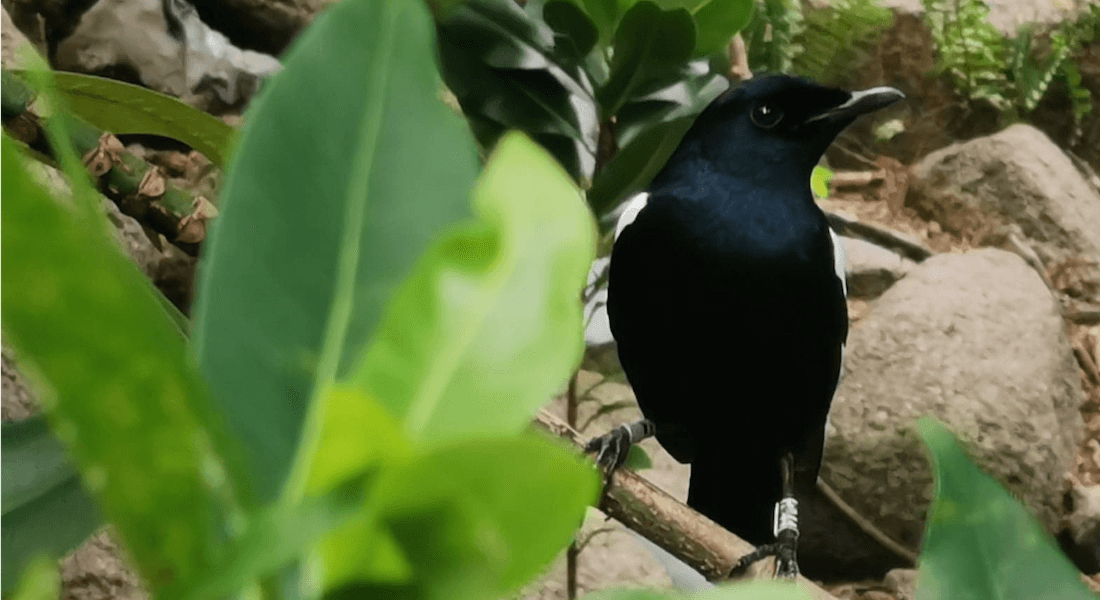PhD defence by Emily Cavill

Candidate
Emily Cavill
Title
"The birds and the bees: Developing and applying population genomic tools in the conservation management of the Seychelles Magpie Robin"
Time and venue
Wednesday 6 September, 2023 at 09:00 CET at Centre for Health and Society, Øster Farimagsgade 5, DK-1353 Copenhagen K., room 7.0.40.
Assessment committee
- Prof Eline Lorenzen (chair), Globe Institute, University of Copenhagen
- Prof Love Dalen, Stockholm University
- Dr Christina Hvilsom, Copenhagen Zoo
Abstract
Once upon a time we used the phrase ‘the birds and the bees’ to teach children about how we create new life. But today’s generation has turned this phrase to express concern for the escalating biodiversity crisis: we must preserve ‘the birds and the bees’, before it’s too late.
The work outlined in the chapters presented in this thesis constitutes a large proportion of the work I carried out over the last 3 years. Insect decline, especially of honeybee populations, is having a serious impact on the ecological processes to which they are essential. Through the first chapter we use historic DNA extracted from single bee legs to test the efficacy of a recently published single-stranded library building method, for the good of insect science, and beyond! Through this research this method was also optimised for our aDNA lab and adopted in many other studies throughout our institution, including, of course, the whole genome resequencing of our historical Seychelles Magpie-robin samples used in the final chapter.
The second chapter was born when we discovered a Seychelles magpie robin was residing at a bird park in Singapore after being confiscated live at Singapore customs, presumably after being poached from one of its native islands. No other details were known, and I felt compelled to determine from where he originated. When we discovered he was actually an Oriental Magpie-robin, the focus of this research shifted to considering the implications of correct species identification for captive care and repatriation, and, further, the importance of utilising genetic tools in cases of wildlife crime.
The final chapter was particularly exciting for me, as of course the Seychelles magpie-robins are very close to my heart. Our large-scale genomic dataset spanning 170 years allowed us the unique opportunity to trace the genomic erosion of the species as its population first collapsed following human colonisation of the Seychelles, and to assess the implications of this collapse and recent translocations on the genetic architecture of the modern populations. In addition to understanding the demographic recovery of the SMR, and consequently the implications for the ongoing local management of this species, we uncovered a phenomenon which contradicts expectations, thus illustrating the need for similar genomic studies in other systems.
Although each of these topics may differ in scope or application, each one clearly demonstrates the value of genetic study in single species and overall biodiversity conservation.
